By : Nikon School Blog | 12 Jun, 2017 |
Do you feel like buying everything you see on display in a camera shop within a few days after purchasing your first D-SLR? It's normal. Everything even remotely related to photography grabs your attention when you have just got yourself a DSLR. This is the time most people make unwise purchases.
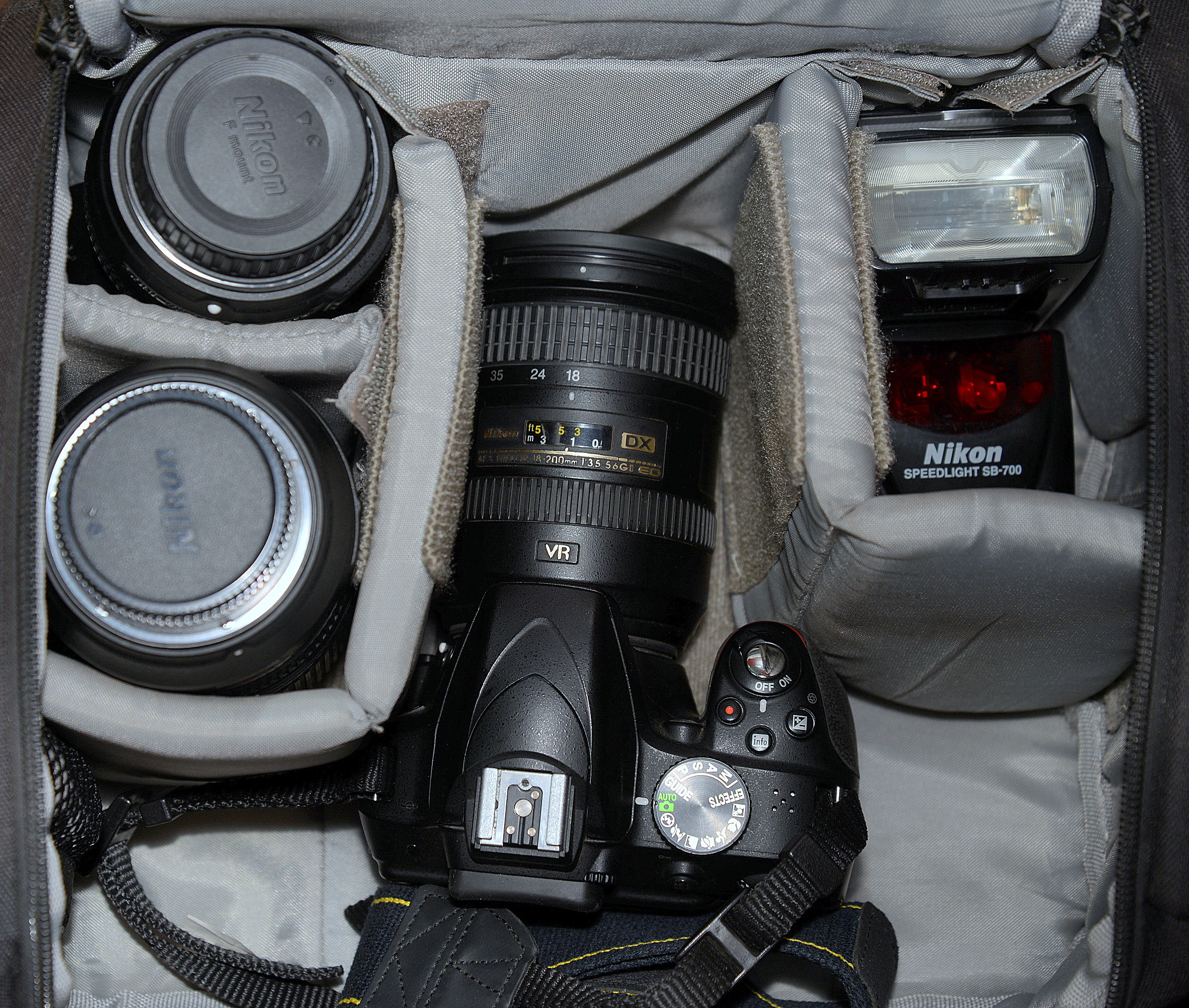 What is a beginner's kit ?
What is a beginner's kit ?
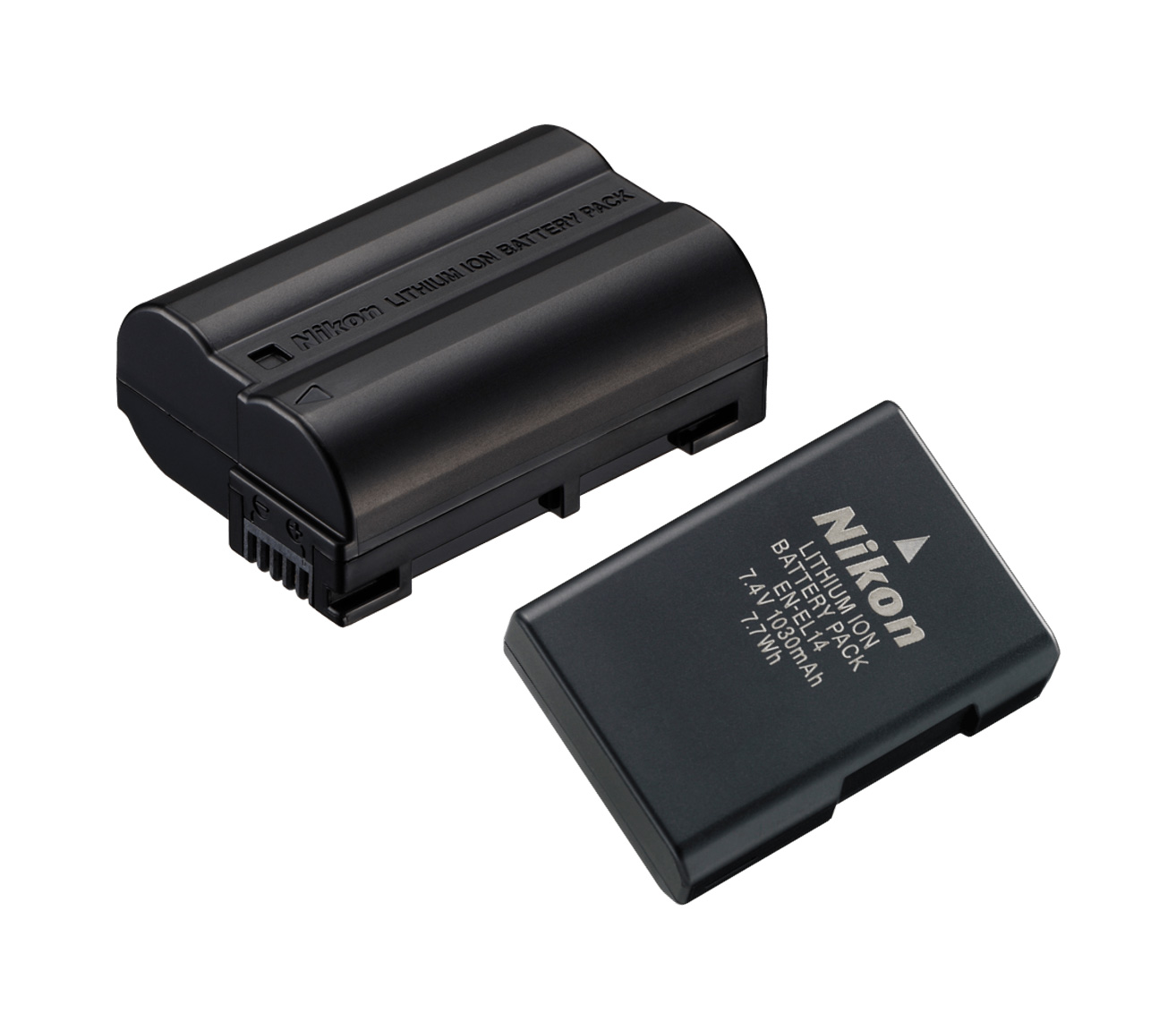 Your kit should have extra batteries
Your kit should have extra batteries
What do you really need to be ready for most practical situations? Let us take a step by step approach towards building up a practical, yet effective D-SLR kit for beginners.
Extra Batteries
Batteries are a much more urgent requirement than anything else. Wherever you shoot, you should have at least two fully charged batteries with you. Even if your camera has a long life battery (e.g the ENEL-15), in unusual situations, any battery may malfunction. So, buy a spare battery as soon as possible after buying a DSLR.
Lenses
Your kit lens is good enough for most general purposes. However, if you want to cover a wide range of situations, two lenses should be in your starting kit - a fast prime, and a telephoto zoom. The best fast prime for a DX format DSLR, is the AF-S DX NIKKOR 35mm f/1.8 G which is the normal (approx. 50mm equivalent) for the DX format. For FX format cameras, the AF-S NIKKOR 50mm f/1.8 G is the best option. The fast prime works best as a portrait and still life lens, especially in low light but can also be used for landscapes.
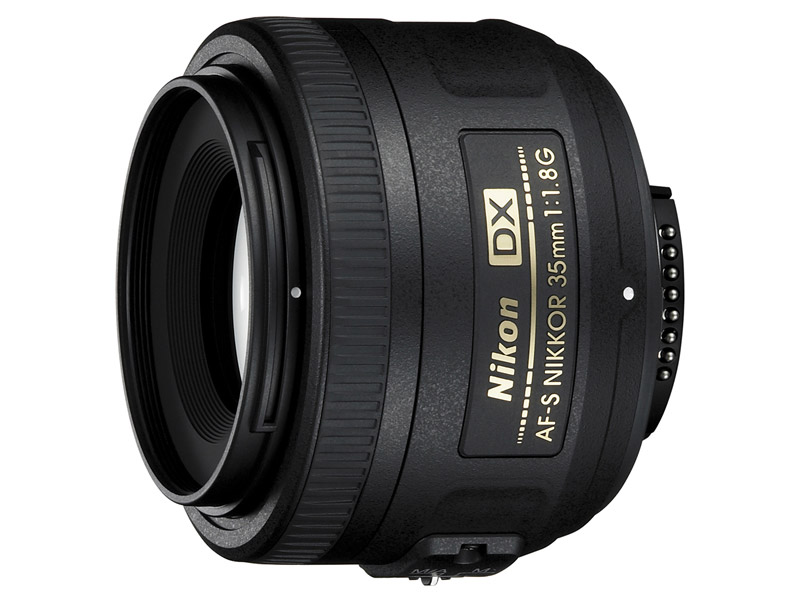 AF-S DX NIKKOR 35mm f/1.8 G
AF-S DX NIKKOR 35mm f/1.8 G
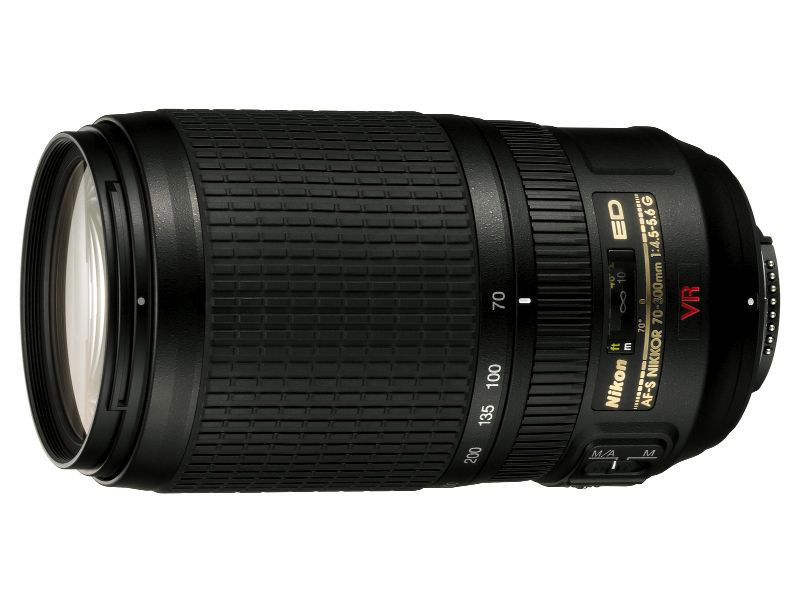 AF-S NIKKOR 70-300mm f4.5-5.6 G IF-ED VR
AF-S NIKKOR 70-300mm f4.5-5.6 G IF-ED VR
The telephoto zoom will help you shoot candid portraits, and wildlife from medium distances. It can also substitute for a close up lens sometimes, and let you shoot butterflies, large insects or flowers, from a distance. You can add the new AF-P DX NIKKOR 70-300mm f/4.5-6.3G ED VR or the AF-S NIKKOR 70-300mm f4.5-5.6 G IF-ED VR or the AF-S DX NIKKOR 55-300MM F/4.5-5.6G ED VR as your telephoto zoom.
Remote
A remote can be a valuable addition to your kit for shooting low light landscapes or nightscapes with stars. When you need to expose for more than a second, even with a tripod, pressing the shutter release button can ruin a shot. Hence, a remote is required. Using BULB or TIME exposure, you need to press the remote once to open and once again to close the shutter. You can also take high quality selfies and group photographs easily with the remote. You can start with the simple ML-L3 wireless remote and later upgrade to higher end remotes like the WR-R10 /T10 set if you fall in love with remotes!
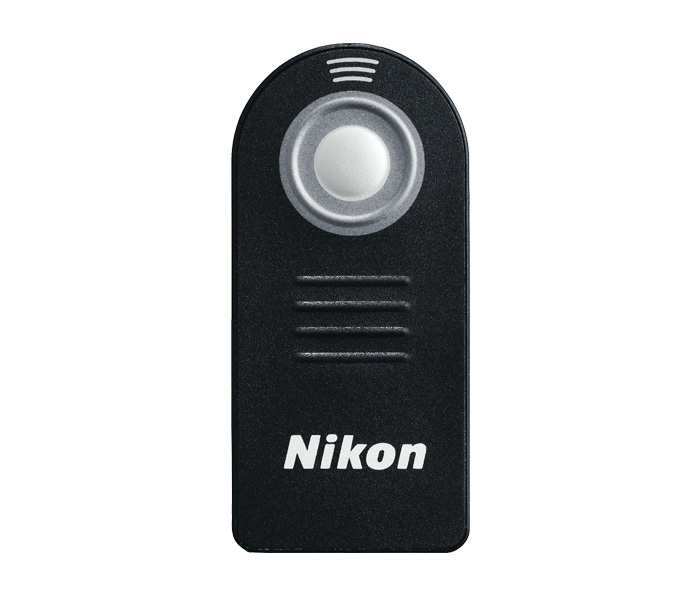 Nikon ML-L3 wireless remote
Nikon ML-L3 wireless remote
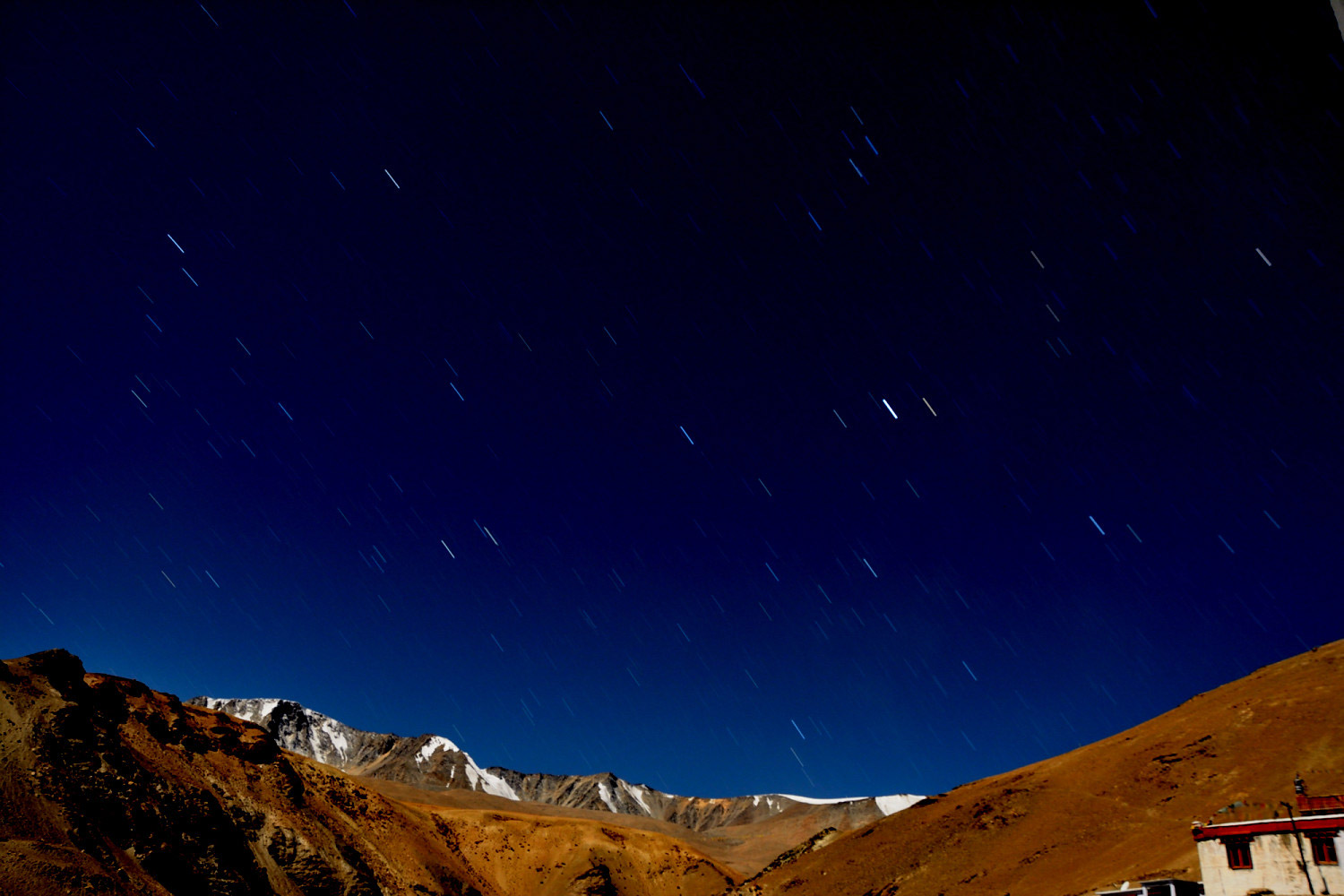
Lens Filters
Protecting your lenses is the real reason to get Neutral Clear (Nikon NC) filters for each lens that you purchase. Moisture, dust, scratches, nasty hits, the filter will protect the lens glass from all this. They also reduce flare and ghosting. Their high quality glass does not affect colour (some cheap UV filters do).
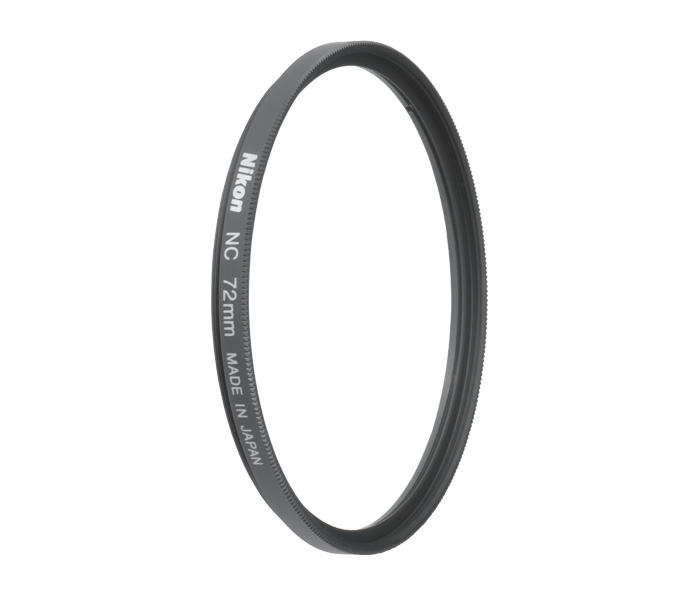 Nikon NC filter
Nikon NC filter
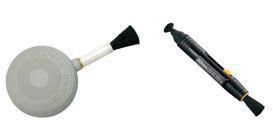 Cleaning equipment
Cleaning equipment
Apart from these, a sturdy tripod, a weather protected camera bag, cleaning kit (with blower brush and lens cleaning brush or cloth), and 2 medium capacity memory cards (e.g. 16 GB – 60 MBPS) complete an efficient kit for any beginner.